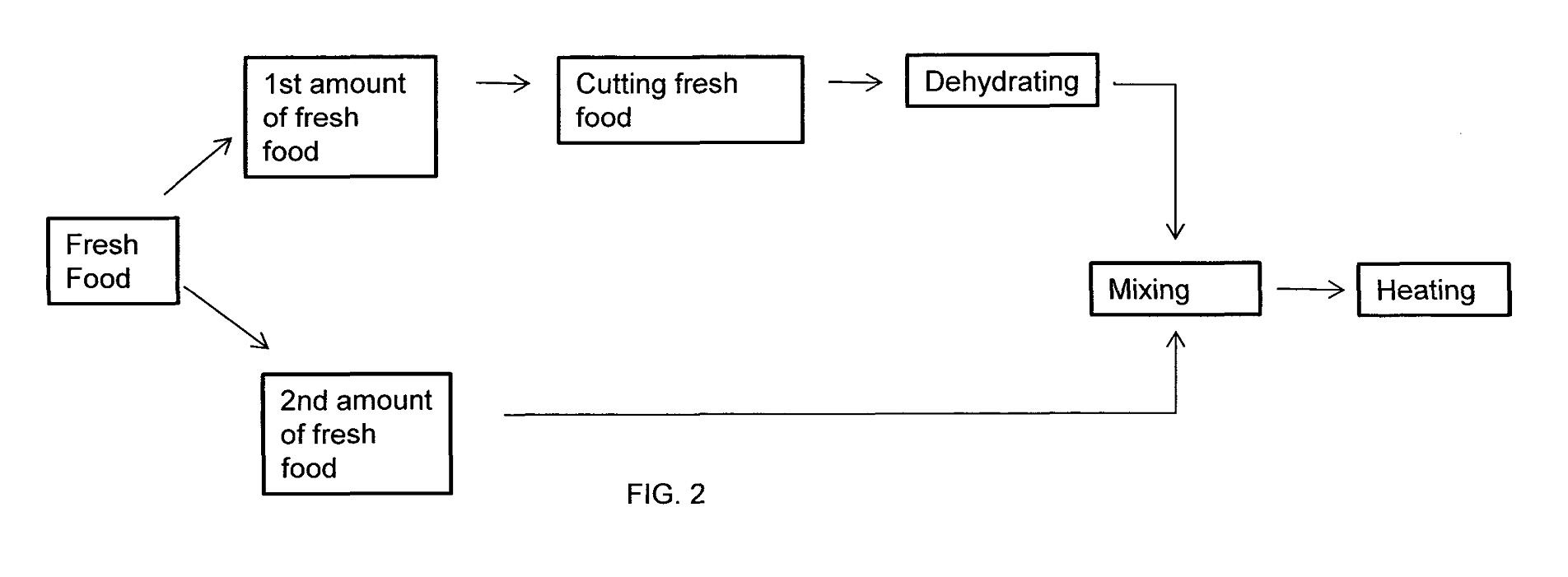Writing in its international patent filing, the natural food company Productos Naturales Innocampo (trade name Instantia) said the dehydrated snacks could be made from various fruits and vegetables, including bananas, mangos, peaches, berries, carrots or potatoes, among others.
The snacks, it said, provided an accessible and healthy alternative to processed foods or snacks that contained artificial ingredients.
“There is a trend towards consuming natural foods such as fruits and vegetables because of their natural nutritional value; their content of vitamins, minerals and antioxidants (…) However, consumption of fresh fruits and vegetables is not common since they are usually expensive in regions where, due to climatic reasons, soil quality, or other such reasons, local production of these food types is low. Also, short shelf-life of fruits and vegetables makes it difficult for these food types to reach the end consumers,” Productos Naturales Innocampo wrote in the patent filing.
Dehydration with a difference
Whilst a variety of fruit and vegetable snacks already existed, including chips, dried clusters, vacuum-dried chunks, and dehydrated products, the company said many methods incorporated “processed supplements” – typically enzymes – to reduce browning of the fruit or vegetable during processing and/or storage.
There was therefore a need to develop a product made “exclusively from fresh, natural fruit or vegetable ingredients” that maintained good organoleptic properties, had a strong shelf-life and contained no added, processed supplements, it said.
The key to its method outlined in the patent, it said, was the careful blending of a dehydrated fruit or vegetable with the same fresh produce in the form of a paste or juice, ahead of heating. For example, dehydrated mango pieces would be blended with mango juice or paste.
“The method of the invention eliminates the need of using enzymes or similar solutions from the prior art to avoid or reduce browning (oxidation) of the food product.”
“...The food product of the invention comprises only fresh fruit or vegetable, or a combination thereof. No additional ingredients, organic or otherwise, such as added sugar, additives, preservatives, colorants, flavorants etc., are added,” it wrote.
Low and slow processing

The company said the 'primary' fruit or veg had to be sliced, cut or diced homogeneously before the dehydration step to bring moisture content below 30% by weight. Dehydration of the fruit or vegetable pieces happened at a temperature between 55°C – 80°C for around 5-20 hours depending on the product, it said.
The 'secondary' fruit or vegetable, ideally the same as the primary, could then be blended at a ratio of 5-20% from a paste or juice form. The two ingredients were blended with a heated mixing step with temperatures anywhere between 35°C – 90°C for 0.5 – 25 minutes.
“The mixing of the dehydrated pieces obtained from the first amount of fresh food with the second amount of fresh food is preferred to be carried out by mechanical means to ensure homogeneity of the mixture. Additionally, prior to the mixing step, the dehydrated pieces may be additionally cut, diced or sliced. This may be carried out to remove defective parts found in the dehydrated pieces or remaining seed parts,” the company wrote.
The overall moisture content of the final snack, is said, should be lower than 40%, ideally less than 35% by weight.
Once mixed, the product could be shaped as desired and could be coated or drizzled with chocolate, honey, chilli or nuts.
Source: WIPO International Patent No. 2017122083
Published: July 20, 2017. Filed: January 1, 2017.
Title: “A food product and method of making a food product”
Authors: Productos Naturales Innocampo S.A. De C.V.
